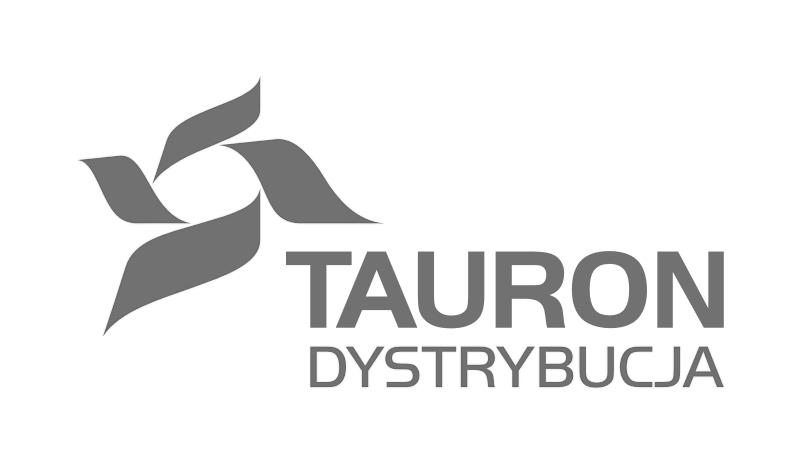Today, the Wyry Commune is one of the oldest communes in the Upper Silesia region, consisting of two towns: Wyry and Gostyń.
Wyry
The name Wyry comes from the word wir (a whirlpool), wiry (whirlpools) which originally meant spring. The first mention about the town of Wyry was made in 1287 in a document issued by Prince Mieszko of Opole, the ruler of Racibórz, concerning additional emoluments of the St Wojciech church in the town of Mikołów.
The name Wyry, sometimes Wiry, lasted in this form by 1629. In 1728, the Prince of Pszczyna from the Promnice family purchased the majority of land in Wyry. In 1750-1810, a potash factory (a factory producing potash from wood ash; potash was later used as raw material for making soap and glass) operated in Wyry. Under the rule of the Prince of Pszczyna, a brickyard and a quarry were founded as well. In 1946, the manor farm was parcelled out pursuant to the Act on Agricultural Reform, and part of it became a state-owned farm. The beginnings of mining in Wyry date to 1770 when Szczęście Henryka (Henry’s Luck) coal mine was opened. Coal was mined in Wyry by the 1960s. In 1928, in the place of the former coal sorting plant, a chemical plant was founded, producing ammonia, oxygen and hydrogen. The plant was converted and since 1951, it has been manufacturing apparatus for the chemical industry. The first school was opened in Wyry in 1823, and in 1870 Tychy-Jaśkowice railway line going across the area of Wyry has been opened. In the times of the plebiscite in 1921, 1,038 people were in favour of Poland and 123 in favour of Germany. In the first days of September 1939, fierce fights between the Germans and the Polish army took place in Wyry and Gostyń. Previously, Wyry had always been an independent commune, yet in 1875 it was annexed to the city of Tychy, and it regained its independence in 1991.
Gostyń
The borders of Gostyń are adjacent to forests from almost all sides. These areas were the favourite place of stay of Wacław Rybnicki; hunts for bears, elks and aurochs took place there.
The village of Gostyń was founded two times. The first time, probably between the 13th and the 14th century. After it was depopulated in 1474 by Prince Wacław Rybnicki, it ceased to exist for about 100 years. Gostyń was established for the second time in 1575 by princes of Pszczyna – Promnitz, who used local water conditions to develop fish farming which was very profitable at that time. In the half of the 18th century, glassworks were opened in Gostyń, and in 1840 “Adelajda” ironworks were built and remained open by the 1870s. In 1914, ‘Książątko’ (Princeling) coal mine was commissioned, and in 1925 it was joined to the “Brada” mine. The first school was founded in Gostyń in 1823. Before that time, children had attended parish school in Mikołów. In 1872, the German language was introduced for 50 years as language of instruction. In 1921, another plebiscite was held, with 585 residents of Gostyń in favour of Poland and 39 people in favour of Germany. By 1945 Gostyń was an independent commune. Afterwards, it was annexed to the Wyry commune as “gromada” (the smallest administrative unit), and in 1954 it became an independent gromada. In 1973, again it became a part of Wyry commune. Since 1975, Gostyń has been a district of the city of Tychy and since 1991 again it has been a part of the Wyry commune.
On 1-3 September 1939, one of the fiercest battles in defence of Silesia was fought near Gostyń. Natural layout of the land (good visibility, vast forests) as well as a fortification system from Gostyń to Kłodnica, on the line of the village of Gostyń – Śmiłowice were to protect the country against breaking by the German army through the so-called “mikołowski corridor”. As early as on 1 September, the Germans began their march to Mikołów, to Orzesze, Łaziska Górne and Wyry, and to Rybnik, Żory and Pszczyna. When the attack on Sośnia Góra (Mokre) did not bring a desired result, at around 11:00am an offensive on Wyry was launched. The Polish units supported by crew of an armoured train waited at their positions. On the second day, following heavy and bloody fights which took place by “Jastrzębiec” forest on the approaches to “Sowiniec” bunker, the enemy forces captured Wyry. Capt. Jan Rybczyński, commanding the armoured train, was killed. Then, the 2nd reserve battalion of the 73rd Infantry Regiment stationed in Mikołów and commanded by Lt Col Władysław Kiełbasa, it started a counterattack. The village was retaken, however, in the final attack the legendary lieutenant-colonel was mortally wounded. The recaptured village was kept only by the end of the day. Defenceless civilians were killed and Gostyń was destroyed in 60% in the consequence of artillery fire and airstrikes of German warplanes. It was already in 1945 when the Monument Commemorating the Soldiers of the September 1939 was erected in the place of fierce fights.























 Wykonanie strony internetowej dofinansowano ze środków Ministra Administracji i Cyfryzacji.
Wykonanie strony internetowej dofinansowano ze środków Ministra Administracji i Cyfryzacji.